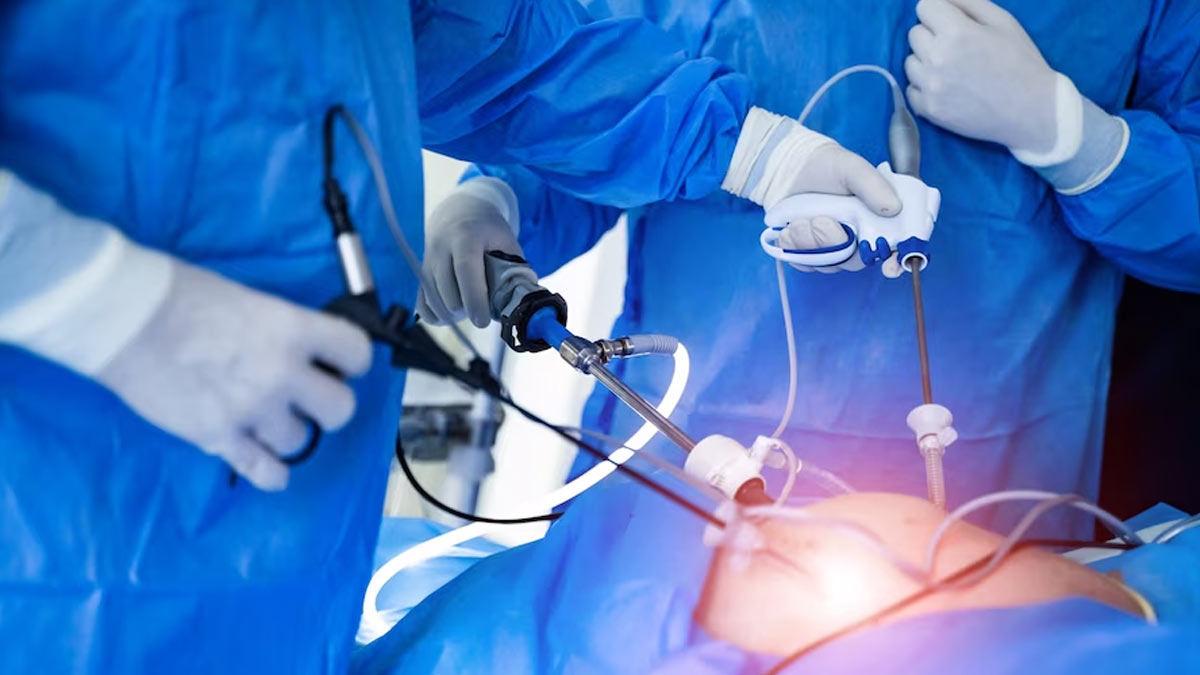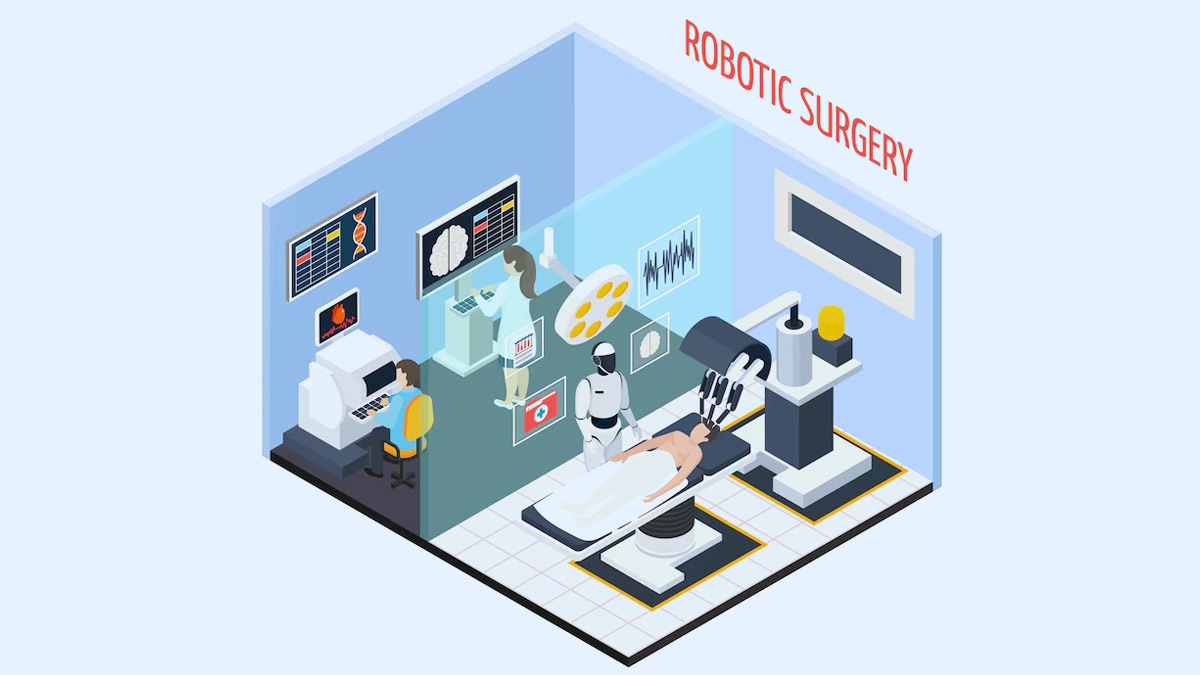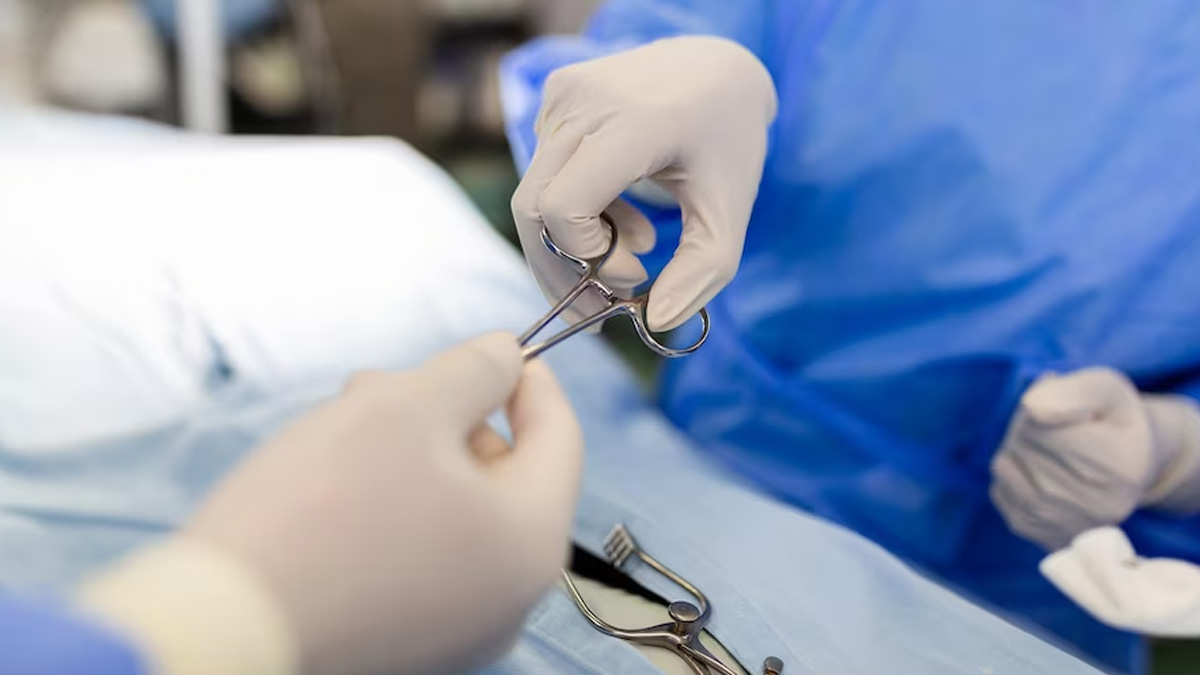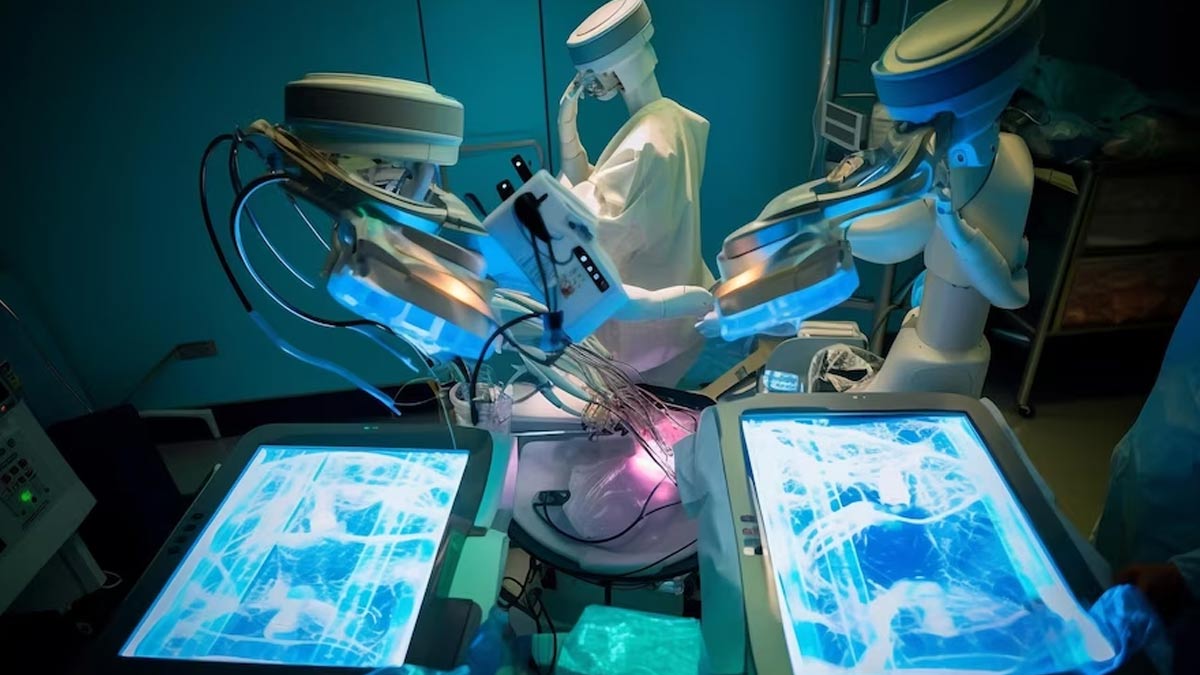
Pancreatic surgeries have long been recognised as some of the most intricate procedures within abdominal surgery. Performed only in highly specialised centres, these surgeries demand precision and skill due to the organ's delicate nature. In recent decades, the field has seen a notable shift from conventional open surgery to laparoscopic techniques, bringing about benefits such as shorter hospital stays, reduced postoperative infections, and quicker recovery times. We spoke to Dr Vijay Kumar C Bada, Senior Consultant Surgical Gastroenterology, HPB, Bariatric and Robotic Sciences Clinical Director, Yashoda Hospitals, Hyderabad, who explained robotics in pancreatic surgery.
Table of Content:-
The Rise of Robotic Surgery

Dr Bada said, "In this era of remarkable healthcare technology advancements, robotic surgery stands out as a game-changer for complex pancreatic procedures. Robotic surgery offers distinct advantages, particularly in the realm of pancreatic surgery, which extends beyond those of laparoscopy."
Key Advantages of Robotic Surgery in Pancreatic Procedures
.jpg)
Enhanced Vision
Dr Bada said, "Robotics provides an astounding 10-12 times magnification with a 3-D view. This level of visual clarity proves invaluable for intricate dissections and tissue analysis, both critical aspects of pancreatic surgeries." According to a journal published in the Springer, the challenges of the laparoscopic technique in pancreatic surgery are expected to be overcome by the robotic approach.
Advanced Instruments
Dr Bada added, "Robotic instruments feature a 270° rotation and seven ranges of motion, closely mimicking the human wrist's capabilities. This surpasses the capabilities of standard laparoscopic instruments."
Also Read: This Thyroid Surgery Leaves No Scar: Expert Explains Scarless Robotic Surgery For Thyroid Tumours

Unmatched Precision
Robotic systems improve surgeon ergonomics, reduce fatigue, and eliminate manual tremors, resulting in precision dissection. Dr Bada said, "The 3:1 motion transmission ensures that gross movements at the surgeon's console translate into fine, precise movements at the robotic instrument's tip."
Unparalleled Control
Dr Bada explained, "Unlike standard laparoscopy, where instruments have fixed tips, the da Vinci system employs the Endowrist system, replicating human wrist and elbow movements for a significantly wider range of motion. The challenging fulcrum effect associated with laparoscopy is entirely eradicated in robotic surgery."
Enhanced Safety
Robotic technology eliminates physiological tremors, providing surgeons with greater control during minimally invasive procedures and reducing the risk of iatrogenic injury (injury caused unintentionally by medical treatment or healthcare interventions). The combination of improved ergonomics, motion scaling, and the elimination of tremors results in safer laparoscopic surgery.
Lower Conversion to Open Surgery
Dr Bada said, "Comparative analysis between robotic and laparoscopic surgeries revealed a lower conversion rate to open surgery for robotics (11.4% for Robotics vs 26% for Laparoscopy)."
Also Read: Pancreatic Cancer In Women: Expert Lists Lifestyle Habits That Increase The Risk
Expert Shares His Experience

Dr Bada said, "Having performed the First Total Laparoscopic Whipple Surgery for Pancreatic cancer in the Twin Telugu states back in 2014, I have been utilising robotic technology in pancreatic surgeries for the past three years. The remarkable clinical outcomes and increased patient comfort and safety speak volumes about the benefits of robotic surgery. As a proctor for Robotics in GI and General Surgery in India, I have witnessed a growing number of centres adopting this transformative approach."
The Future of Robotic Surgery
Dr Bada concluded, "With ongoing advancements in haptic feedback, machine learning, Artificial Intelligence (AI), and training, robotics will undoubtedly continue to reshape modern surgery. In the years to come, patients can anticipate even safer, more precise, and more efficient procedures, firmly establishing robotic surgery as a cornerstone of surgical innovation."
[Disclaimer: The information in this article is shared by a registered healthcare professional and is for informational purposes only. Hence, we advise you to consult your expert for a treatment measure tailored to your needs.]
Also watch this video
How we keep this article up to date:
We work with experts and keep a close eye on the latest in health and wellness. Whenever there is a new research or helpful information, we update our articles with accurate and useful advice.
Current Version